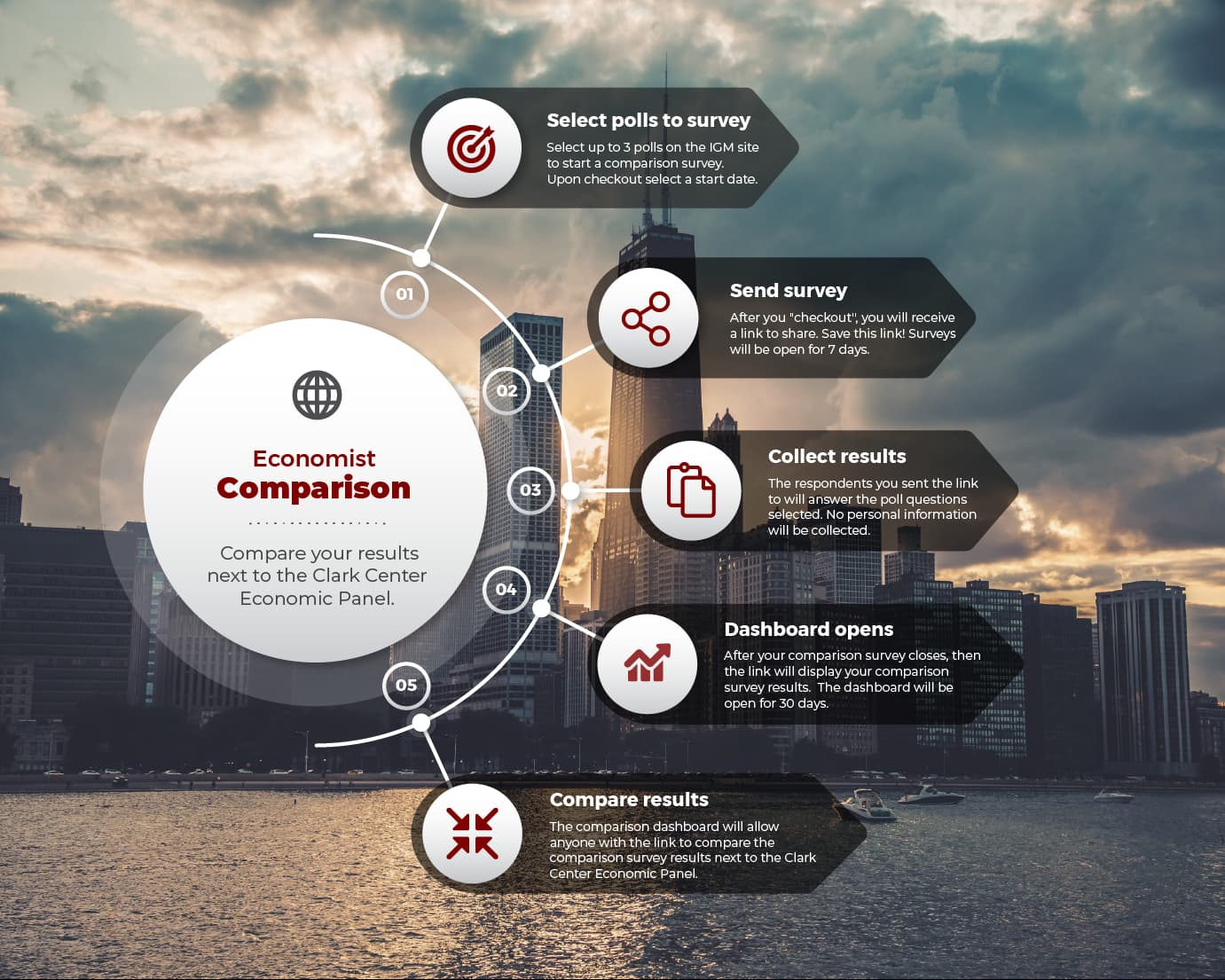At the end of the twentieth century, the average speed of trips made across central London was lower than in the year 1900. The reason for this regression was obvious to anyone spending time in a car in the United Kingdom’s capital: heavy congestion and frequent traffic jams snarling up the roads.
In 2003 London introduced the congestion charge, following a model first established by Singapore. Initially set at £5 a day, and now more than 20 years on charged at £15 (around $19) a day, the fee applies to anyone driving a motor vehicle across a stretch of central London between 7am and 6pm on a Monday to Friday or between noon and 6pm on weekends. The net revenue raised, generally around the £220-250 million mark annually, is earmarked by law for London’s public transport network.
The scheme has been a policy success by almost any measure. Traffic levels in central London fell by 15% in the year of the scheme’s introduction and have fell slightly more over the following twenty years despite a 15% increase in the capital’s population over that period. Traffic speeds, which initially increased as the volume of cars fell have now fallen back to their pre-congestion charge lows although this is mostly explained by a large (30%) increase in bus usage. Whilst journey times have not improved then, they have at least stopped getting worse and the number of passenger journeys as a whole across central London has risen appreciably.
What is more, the number of road accidents – both in central London and in the areas adjacent to the charging zone – have fallen and several billion pounds have been raised which has helped to support the wider transport system. Carbon emissions have been reduced.
Nowadays the scheme enjoys widespread public and political support, despite having a controversial birth. Some local councils fought determined legal actions to prevent its introduction in 2003 and small businesses, taxi drivers, and delivery firms all made almost apocalyptic warnings about a chilling effect on commerce in central London.
Despite the scheme nowadays being held up as a model for other cities to emulate, further moves towards forms of road pricing in London remain contentious. The Ultra Low Emissions Scheme (ULEZ), which seeks to charge older vehicles a daily charge in order to improve air quality, in particular, has been something of a political flashpoint over the last year.
All of which helps to provide the wider context for the battle over congestion charging in the other great global city: New York. This week it seems that moves towards congestion charging there have finally been killed off at least in the short term.
That, in the consensus view of the Clark Center’s US Experts Panel, is a great shame. The Experts offered their own views on the potential impacts of congestion charging this February.
The results were decisive. Asked whether a proposed charge on vehicles entering the central business district would lead to a substantial reduction in traffic volumes in the targeted area 32% of respondents (weighted by confidence) strongly agreed and another 61% agreed. That is about as close to a slam dunk answer as the polls ever produce.
Asked whether such a measure would lead to a substantial increase in traffic congestion in the areas around the central business district, the panel was less clear. Weighted by confidence, 63% were uncertain whilst 15% agreed or strongly agreed and 22% disagreed.
There two types of expert polls which are always especially striking. The first are those which demonstrate a genuine divergence of views amongst participants, where the impact of a potential policy or change are subject to dispute. One always feels somewhat sorry for policymakers being forced to make choices in such circumstances, where even the experts are unsure which course is correct. The second type of striking poll is the category into which the New York congestion charging question falls: one where the views of the experts are reasonably clear but the course of action may prove too politically tricky for policymakers to follow.
Congestion charging is essentially a form of, in economese, pricing in externalities. That is to say it is a tool which makes the actual monetary price paid by drivers more broadly reflective of the wider social and public costs of their actions. That is exactly kind of thing economists tend to support. One journal article, back in 2006, went as far as to call London’s congestion charge a “triumph of economics”.
The problem of course is that many people – and voters – would rather not pay the full cost of actions and that anything which generates a large pool of immediate monetary losers can prove contentious to implement, even if the longer term benefits outweigh the costs.
Politics and economics are not always easy bedfellows.

